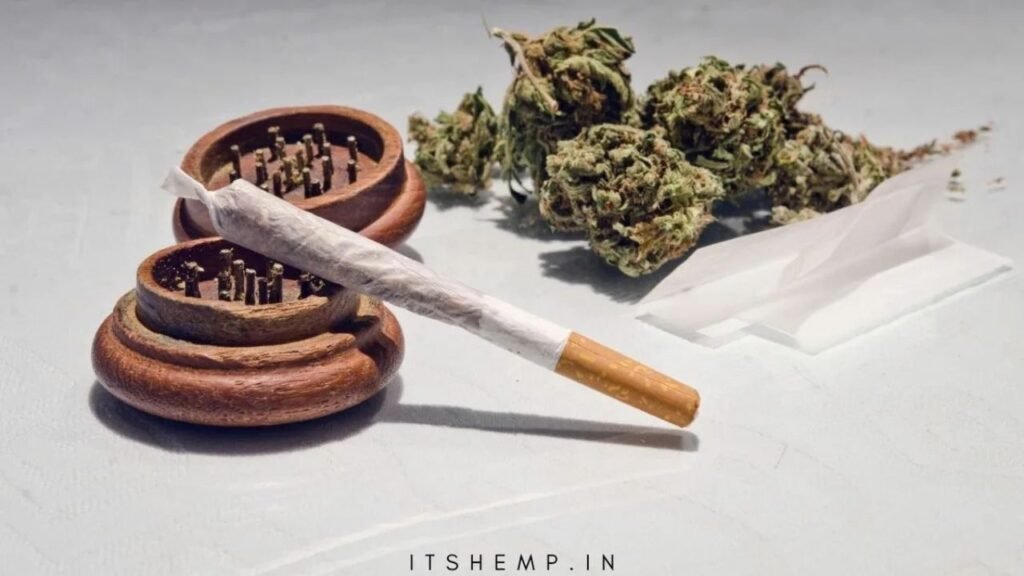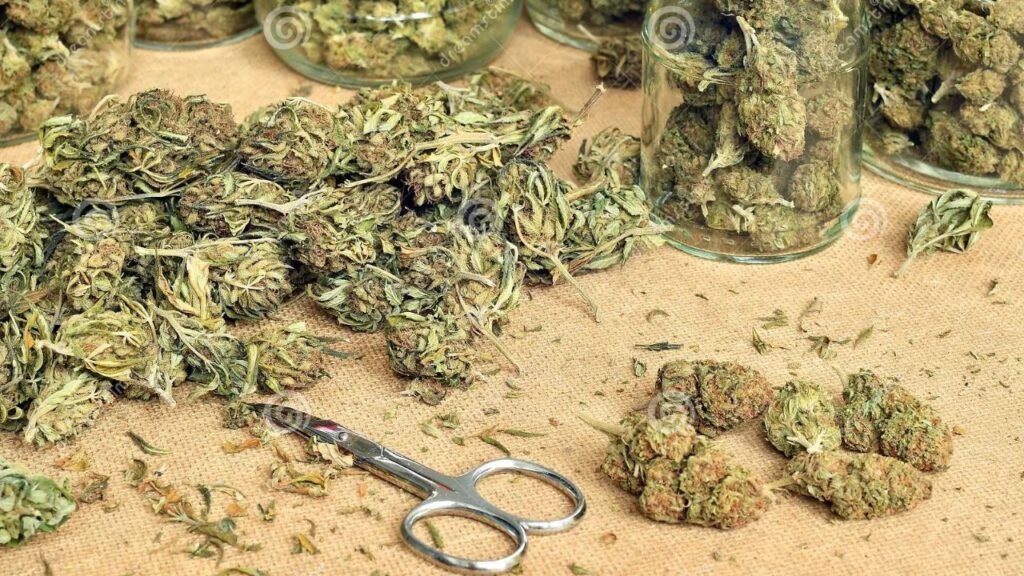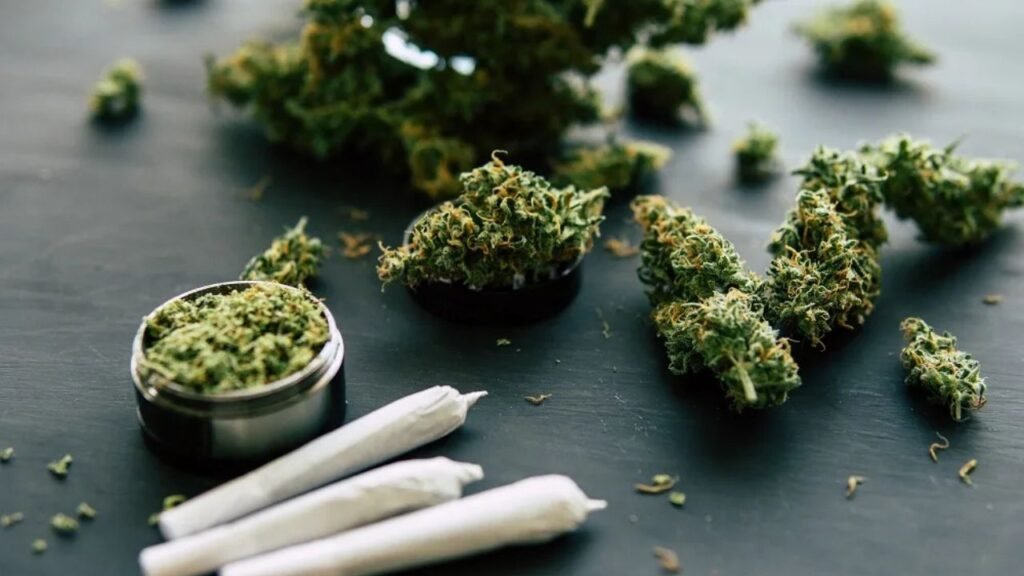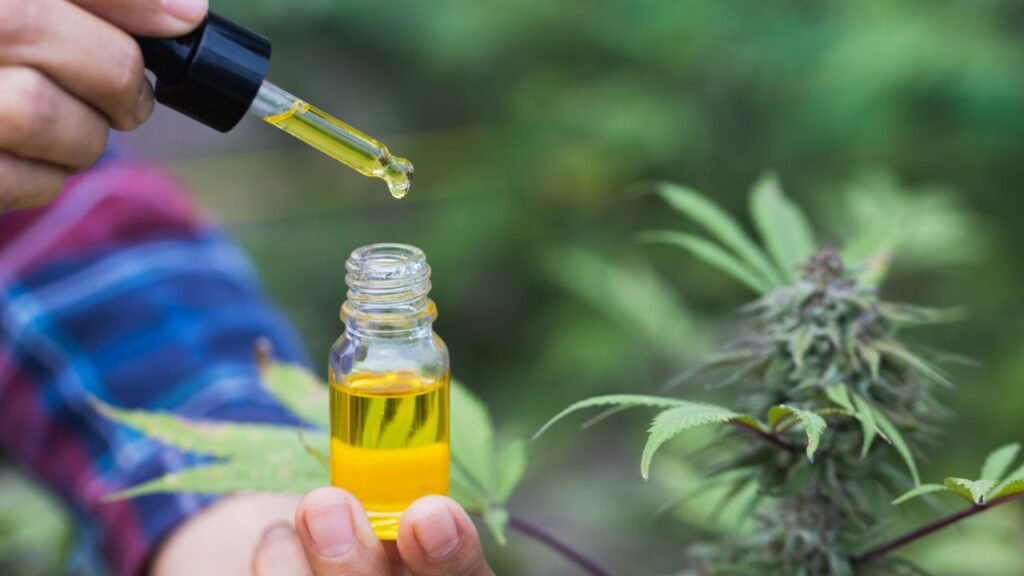How to Grow Purple Haze Strain Successfully
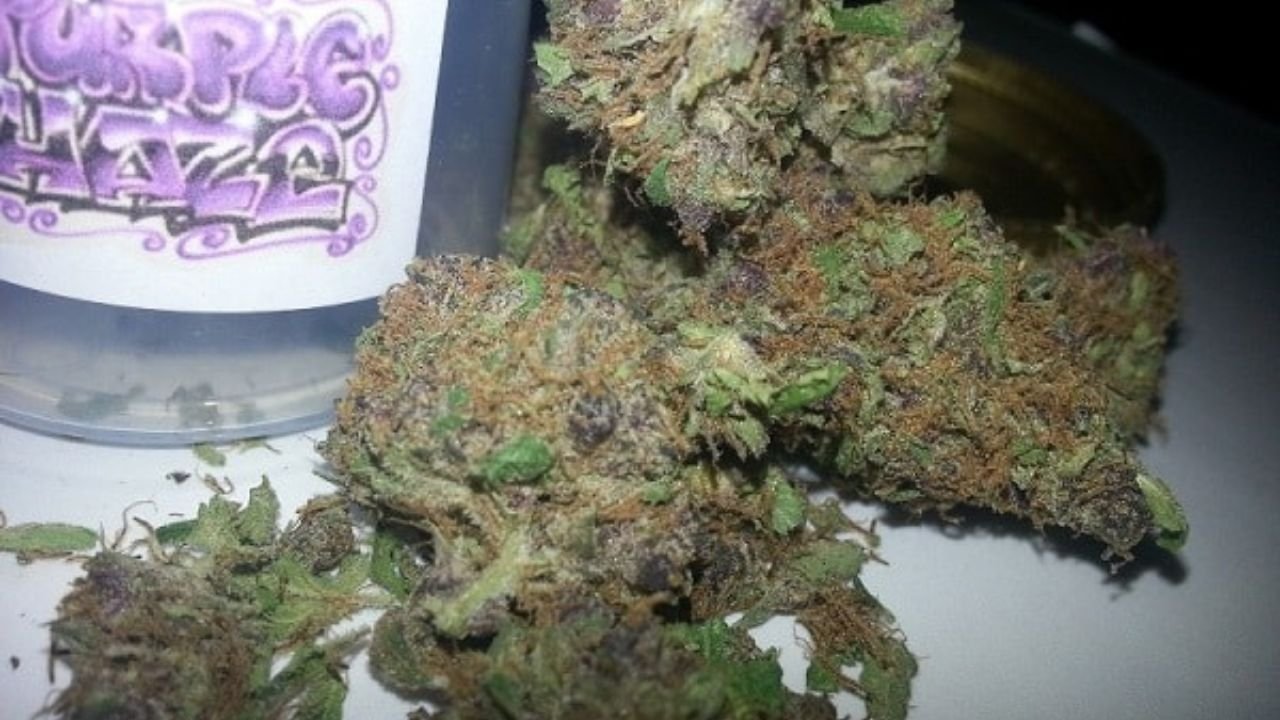
Purple Haze is one of the most iconic cannabis strains, known for its vibrant purple hues, uplifting effects, and sweet, earthy aroma. This sativa-dominant hybrid has gained legendary status among growers and users alike for its unique appearance and potent experience. Named after the famous Jimi Hendrix song, Purple Haze has a cultural legacy that continues to thrive in modern cannabis communities.
Understanding the specific characteristics of Purple Haze is essential for those looking to cultivate it successfully. From its ideal climate needs to flowering time and color development, this strain requires attention to detail for the best results.
The purpose of this blog post is to provide a comprehensive guide to Purple Haze, focusing on its growth traits, visual identifiers, and tips for cultivation. Whether you’re a beginner grower or a seasoned cannabis enthusiast, this article will help you maximize your success with this classic and colorful strain.
Understanding Purple Haze Strain
A. Description of the Strain
Purple Haze is a visually striking cannabis strain that stands out for its bright green buds laced with deep purple hues and fiery orange hairs. The coloration becomes more prominent when grown in cooler environments, giving it a mystical appearance that matches its psychedelic reputation. The buds are often fluffy with a generous coating of frosty trichomes, indicating potency. When broken apart, Purple Haze releases a pungent aroma—a mix of sweet berries, earthiness, and a subtle spiciness.
This strain is a sativa-dominant hybrid, created from the cross of Purple Thai and Haze, two powerful landrace genetics known for their uplifting effects. So, is Purple Haze indica or sativa? It leans heavily toward the sativa side, typically boasting about 85% sativa and 15% indica lineage. This makes it ideal for daytime use, offering energetic and cerebral effects without the body-heavy sedation common with indicas.
B. Overview of the Purple Haze Cannabis Profile
Purple Haze is cherished not only for its looks and lineage but also for its unique cannabinoid and terpene profile. Its THC content generally ranges from 15% to 20%, though some phenotypes may reach higher levels depending on cultivation practices. This moderate-to-high THC range makes it suitable for both novice and experienced users seeking a balanced and euphoric high. CBD levels in Purple Haze are typically quite low—usually less than 1%—so those seeking high-CBD medicinal strains might need to look elsewhere.
The flavor and scent profile of Purple Haze is what truly sets it apart. On inhale, users often report a sweet, berry-like taste with subtle notes of grape and spice. The exhale can be earthy and slightly herbal, with a lingering floral sweetness. The dominant terpenes include myrcene, pinene, and caryophyllene, contributing to its aroma, flavor, and uplifting effects.
Thanks to its robust sativa genetics, Purple Haze is known to enhance creativity, sociability, and mood. It’s a go-to choice for those seeking mental stimulation and a break from stress or fatigue. Overall, Purple Haze offers a sensory-rich and mentally invigorating experience—an ideal strain for daytime use, artistic pursuits, or simply enjoying cannabis in a vibrant and flavorful form.
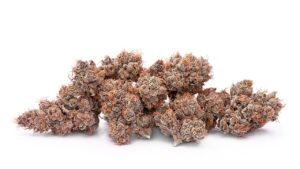
Growing Conditions for Purple Haze
A. Ideal Climate and Environment
Purple Haze thrives best in a warm, sunny, and Mediterranean-like climate. This sativa-dominant strain prefers daytime temperatures between 70°F and 85°F (21°C to 29°C). It doesn’t handle cold well, so if you’re growing outdoors, make sure all frost risk is eliminated before planting. Purple Haze also requires low to moderate humidity, especially during the flowering stage. Keeping humidity around 50% in the vegetative phase and reducing it to 40% or lower in flowering helps prevent mold and mildew.
As a light-loving sativa, Purple Haze performs best with plenty of sunlight or strong artificial light. If grown indoors, using full-spectrum LED grow lights for 18–24 hours a day during the vegetative stage encourages rapid, healthy development. During flowering, switching to a 12/12 light cycle triggers bud production. Ensure consistent airflow and ventilation to prevent heat buildup and promote healthy stems and leaves.
B. Soil and Nutrients
Purple Haze is somewhat forgiving when it comes to soil, but quality always matters. The best results come from light, well-aerated soil that retains moisture without becoming soggy. A mix of loamy soil with organic compost, perlite, and coco coir provides excellent drainage, oxygenation, and nutrient retention. Avoid compacted or overly acidic soils, as these can stunt growth and affect yield.
This strain has moderate to high nutrient needs, particularly during the vegetative stage when it builds its tall structure and dense foliage. Use a nitrogen-rich fertilizer early on to promote leafy growth. As the plant enters the flowering stage, switch to a phosphorus- and potassium-rich nutrient blend to encourage resin production and vibrant purple buds. Keep calcium and magnesium levels balanced to support strong cell structure and trichome development.
pH control is also essential. Keep the soil pH between 6.0 and 6.8 to ensure nutrients are absorbed properly. Overfeeding should be avoided—watch for signs of nutrient burn like curled leaf tips or yellowing.
Watering should be consistent but not excessive. Let the top inch of soil dry out between waterings to avoid root rot. In outdoor grows, choose a spot with good drainage and full sunlight exposure, and prepare for harvest in late October, as Purple Haze has a relatively long flowering period of 9–10 weeks.
With the right environment, soil, and care, growers can expect a high-yielding, fragrant, and potent harvest of iconic Purple Haze buds.
Managing Growth and Harvest of Purple Haze
A. Growth Stages and Timelines
Growing Purple Haze involves distinct stages, each requiring attention and care. The journey begins with germination, which usually takes 2 to 7 days. During this stage, seeds sprout and roots emerge. Once seedlings develop their first true leaves, they enter the vegetative stage, which lasts between 4 to 8 weeks, depending on the growing setup and desired plant size.
During the vegetative phase, Purple Haze grows rapidly, often reaching impressive heights due to its sativa dominance. Indoor growers may need to limit veg time to prevent plants from outgrowing their space. Provide 18–24 hours of light daily, keep humidity around 50–70%, and support the plant with nitrogen-rich nutrients.
Transitioning into the flowering stage is triggered by switching to a 12/12 light schedule. Purple Haze has a typical flowering time of 9 to 10 weeks. During this phase, buds develop, and the plant starts producing its signature purple hues and pungent, sweet aroma. Humidity should be reduced to around 40–50%, and nutrients should focus more on phosphorus and potassium to enhance flower and resin production.
Harvest is usually ready in mid to late October for outdoor growers or about 16 to 18 weeks total from germination when grown indoors.
B. Common Challenges and Solutions
1. Pests and Diseases:
Like many cannabis strains, Purple Haze is vulnerable to pests like spider mites, aphids, and whiteflies, as well as diseases such as powdery mildew and bud rot. Preventative measures include proper ventilation, maintaining optimal humidity, and using organic pest deterrents like neem oil or insecticidal soap. For indoor grows, always quarantine new plants and sanitize tools to avoid contamination.
Bud rot is a particular concern during the flowering stage. Ensure good airflow, avoid overwatering, and keep humidity levels low. Outdoors, space plants well and prune inner branches to enhance light penetration and reduce moisture buildup.
2. Pruning and Training Techniques:
Because Purple Haze grows tall and bushy, pruning is essential for airflow and energy distribution. Remove lower, shaded branches and leaves that don’t receive much light to redirect energy to top colas. Implement Low-Stress Training (LST) by gently bending and tying stems to encourage horizontal growth and even canopy distribution. This method is ideal for indoor grows with limited height.
Topping is another useful technique that involves cutting the main stem to promote branching and bushier growth, leading to more bud sites and a larger overall yield. Regularly monitor plant health, and respond early to signs of stress or deficiencies to ensure a successful and rewarding harvest.
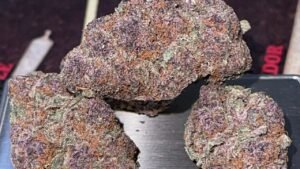
Benefits and Side Effects of Purple Haze
A. Therapeutic Benefits of Purple Haze Weed
Purple Haze is renowned for its uplifting, cerebral high and unique flavor profile, but many users also turn to it for therapeutic purposes. Thanks to its sativa-dominant genetics and moderate-to-high THC levels (typically 15–20%), Purple Haze can deliver a fast-acting burst of mental clarity, creativity, and euphoria, making it a popular strain among medical cannabis patients.
One of the primary medical uses of Purple Haze is for mood disorders. Patients struggling with depression, anxiety, or chronic stress often report significant relief after consuming this strain. Its energetic effects help lift mood, reduce mental fatigue, and increase motivation. Unlike some heavier indica strains, Purple Haze doesn’t typically leave users feeling sedated, which makes it a good daytime option.
Some users also find relief from migraines, fatigue, and minor aches. The mental stimulation it provides may help individuals dealing with ADHD or PTSD, although it should be used with caution depending on personal sensitivity to THC.
Testimonials often describe Purple Haze as the “perfect creative boost,” helping artists, writers, and musicians break through mental blocks. Others note that its euphoric and social effects make it ideal for events, outdoor activities, or casual hangouts.
B. Side Effects to Be Aware Of
Like all cannabis strains, Purple Haze can cause side effects, especially in higher doses or when used by individuals with low THC tolerance. The most common side effects include dry mouth (cottonmouth) and dry or red eyes. These are usually mild and can be easily managed by staying hydrated and using over-the-counter eye drops.
Because of its sativa nature and cerebral high, some users may experience mild paranoia, anxiety, or racing thoughts, particularly if they are prone to anxiety or consume too much. Beginners should start with a low dose and gradually increase as they become familiar with the effects.
In rare cases, users report feeling dizzy or nauseous, especially when smoking on an empty stomach or combining cannabis with alcohol. It’s best to consume in a comfortable environment and avoid mixing with other substances.
Recommendations for Responsible Use:
To enjoy Purple Haze safely, start with a small amount, especially if it’s your first time. Choose a familiar and stress-free setting, and avoid driving or operating heavy machinery. For medical users, consult with a healthcare professional or budtender to determine if Purple Haze is suitable for your condition. Responsible use ensures a positive experience with this iconic and uplifting strain.
FAQ
What is the Purple Haze strain?
The Purple Haze strain is a sativa-dominant cannabis variety known for its uplifting high and sweet, berry-like aroma. It features deep purple hues and delivers a cerebral buzz. This strain is popular among creative users and those seeking mood elevation and mild relief from stress or fatigue.
What is Purple Haze cannabis?
Purple Haze cannabis is a legendary marijuana strain inspired by the Jimi Hendrix song. It combines powerful sativa effects with a fruity, earthy flavor profile. Loved for its psychedelic high and vibrant color, it’s a favorite for daytime use and artistic exploration. THC levels vary between 15% to 20%.
Is Purple Haze indica or sativa?
Is Purple Haze an indica or sativa strain? It is primarily a sativa-dominant hybrid. This means it provides energetic, cerebral effects rather than the heavy, sedating body high associated with indicas. Its genetics trace back to Haze and Purple Thai, both known for delivering mental stimulation and creative focus.
What are the Purple Haze weed side effects?
What side effects come from smoking Purple Haze weed? While generally uplifting, users may experience dry mouth, dry eyes, or slight anxiety, especially in higher doses. Some users also report dizziness or paranoia. Always start with a low dose and stay hydrated to minimize these side effects.
What does “Purple Haze hours” mean?
What are “Purple Haze hours”? The term isn’t standard in cannabis culture, but may refer to the ideal time to use the strain—usually during the day. Because it’s energizing and mentally stimulating, most users prefer consuming Purple Haze in the morning or early afternoon for productivity and creativity.
Conclusion
Growing Purple Haze can be a deeply rewarding experience for both novice and seasoned cultivators. To succeed, it’s important to understand the strain’s sativa-dominant nature, optimal climate conditions, and its need for warm temperatures, low humidity, and plenty of light. Using well-draining soil rich in organic nutrients and applying proper pruning and training techniques can significantly boost yield and potency. Managing pests, staying vigilant during each growth stage, and harvesting at the right time will ensure a healthy, vibrant crop.
More than just a process, growing Purple Haze invites creativity and learning. Every grower develops a deeper connection to their plants and the cultivation journey.
Whether you’re looking to enjoy its therapeutic effects, its euphoric high, or simply its stunning appearance and aroma, Purple Haze delivers on all fronts. With the right care, patience, and attention, cultivating this legendary strain can be an enjoyable and fulfilling experience from seed to smoke.
Read More>>>>>>> How to Grow Purple Haze Strain Successfully

